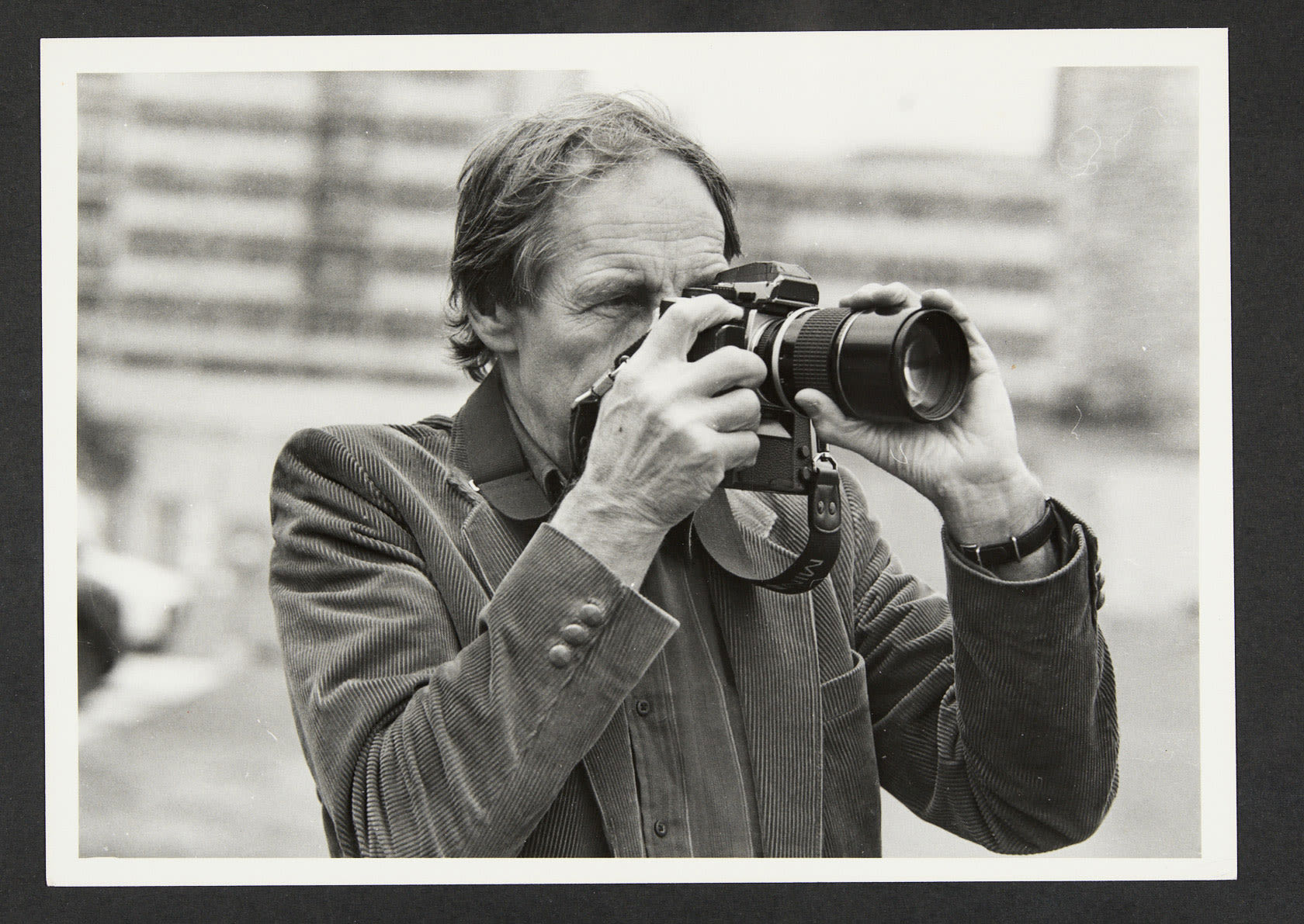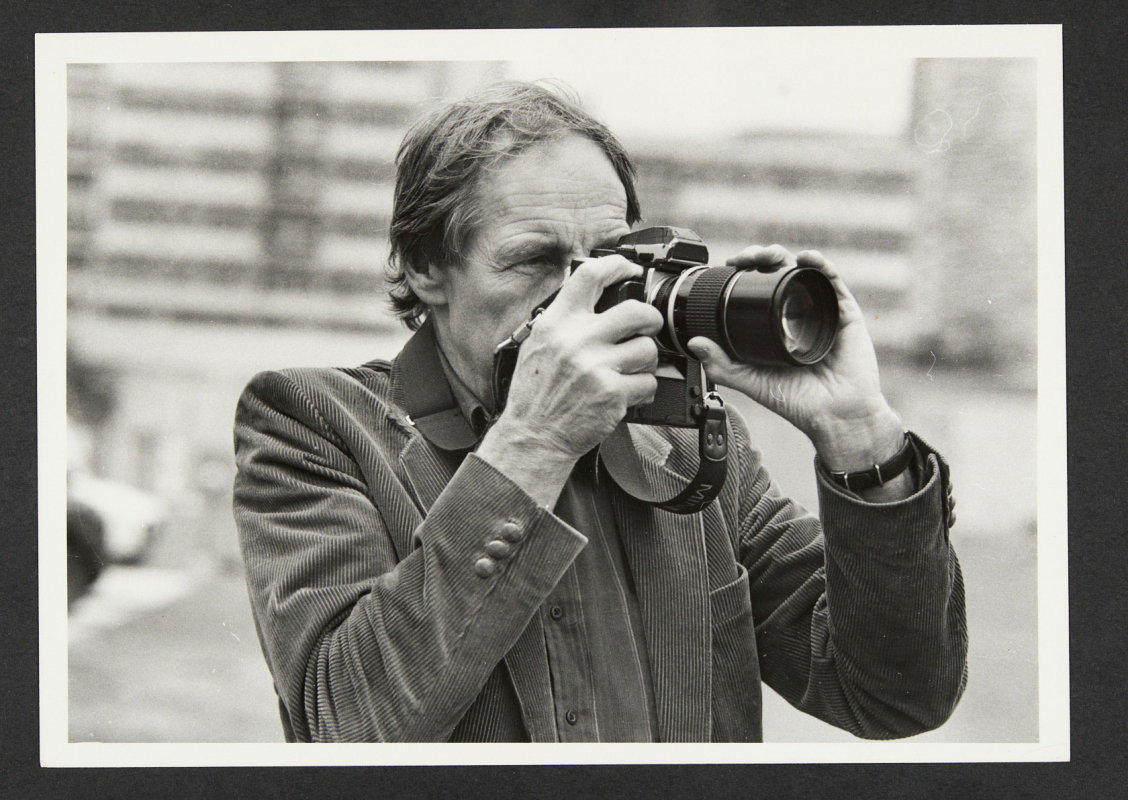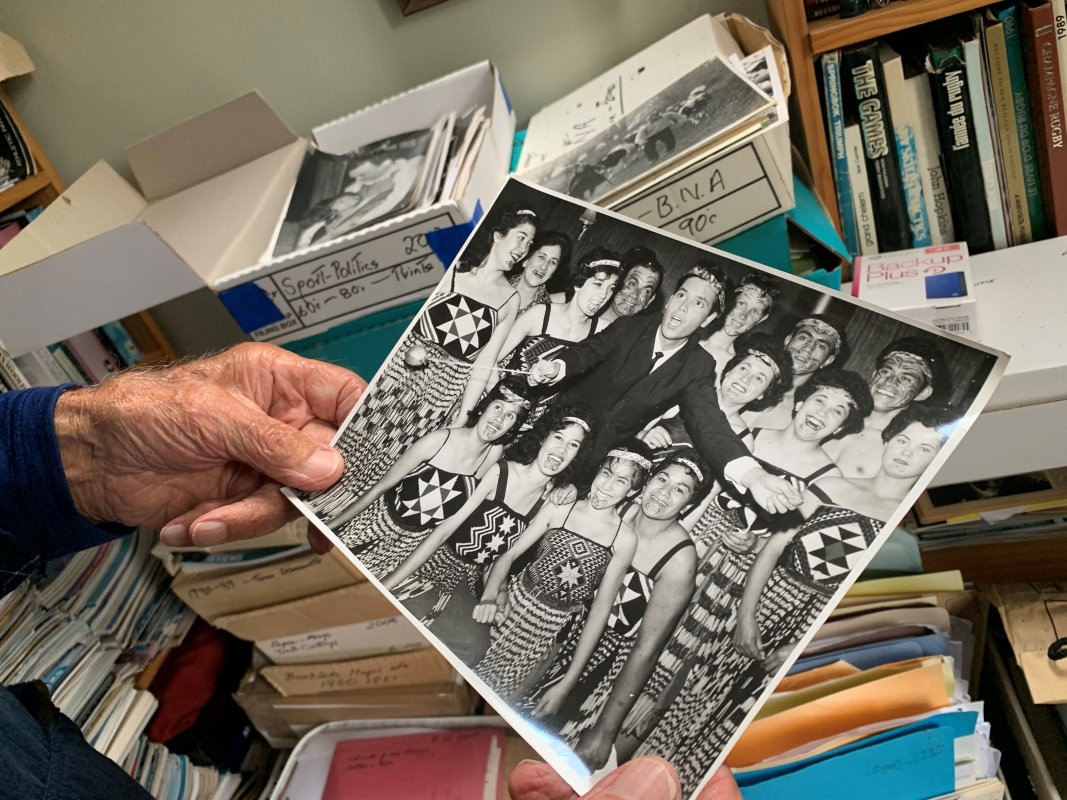Photog Blog Series: Peter Bush

Believe it or not, but people have been taking photographs for almost 200 years now. In that time we’ve gone from taking blurry, long-exposure landscapes on metal plates to recording every aspect of our lives with HD digital cameras in our pockets.
It’s easy to think of old technology as dead or obsolete. At MOTAT, we love to show just how alive and exciting it still can be. As part of our Love / Science exhibition, we are profiling four talented photographers who share MOTAT’s passion for new technology while still keeping old tech ticking.
Photographer Peter Bush CNZM QSM, enjoyed a long and extraordinary career as a news and sports photographer. From the 1950s onwards, "Bushy" shot with cameras spanning the full evolution of camera technology.
An interest in photography was sparked at age 12 in Kumara on the West Coast. He would look at scenic photographs in the newspapers and consider different angles the picture could have been taken from.
His photographic career began as a cadet at the NZ Herald. He recalls, “I couldn’t believe I was being paid to do it. Boy, could I cope with that!”
Over time he became famous for his sports photography, but early in his career, he seized on the opportunity to combine his passion for the outdoors and photography while working on photographic assignments for The Weekly.

While he enjoys photographing a subject that he can direct, Peter is most famous for his work in the 1950s in a highly physical and unpredictable environment – the rugby field. With rugby boots strapped to his feet, he would hurtle around the sideline anticipating where the next try was going to happen so he could snap the winning shot. “I loved the sheer impact of the game,” he said. He was presented with a Gold Bib which allowed him access to any rugby ground in NZ and was still there until five years ago!
When Peter began his career, he used cameras loaded with glass plates. Each plate was coated in light-sensitive chemicals. While these could produce high-quality photos, they were heavy and cumbersome. During his career, he transitioned to celluloid film cameras which were lighter and could take multiple photos per roll. He remembers, “We’d get a tip from the police that a suspect was going into the courthouse. This is where these cameras were ideal. You only had a matter of seconds. The motorised invention allowed a photographer to be fast-paced and quick.”

Now in his 90s, Bushy continues to take photos well into his retirement and still insists on having his digital Canon G12 around his neck wherever he goes. He is very much admired for mentoring young sports photographers.
Camera of Choice: The 120mm Rolleiflex, as used by top photographers for Life and Time magazines, is a personal favourite. He said, “It was a beautiful camera to handle — look down in it. Two lenses and you could compose it. The second lens took the picture. It was the camera of great photographers.” Unfortunately, this great photographer couldn’t afford one in his magazine days, settling for the cheaper Rolleicord.
Check out more of Peter’s work on his website and see his portrait in our latest exhibition Love / Science — open now.
Love / Science Photog Blog SeriesStory by Todd Dixon, Exhibitions Curator, MOTAT
CITE THIS ARTICLE:
Dixon, Todd. Photog Blog Series: Peter Bush. New Zealand: The Museum of Transport and Technology (MOTAT). First published: 24 November 2021. URL www.motat.nz/photog-blog-series-peter-bush